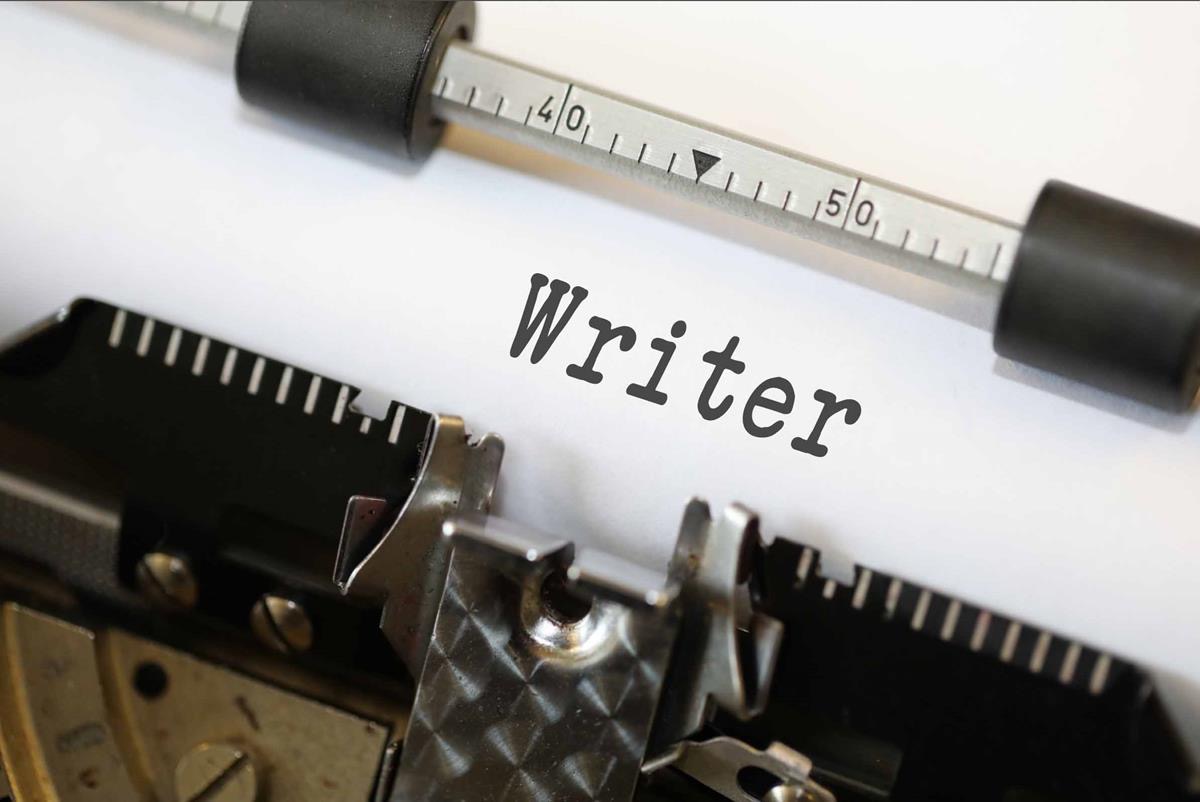Narrative Poetry: A Detailed Primer
Introduction to Narrative Poetry
Narrative poetry is a form of poetry that tells a story, much like a short story or novel but in verse form. It weaves together characters, plot, conflict, and setting, maintaining many of the hallmarks of prose fiction, yet adhering to poetic structures such as meter, rhyme, and rhythm. What distinguishes narrative poetry is its ability to blend the emotive power of poetry with the intricate details of storytelling. This blending makes it one of the oldest and most dynamic forms of literary expression.
Narrative poetry is deeply rooted in ancient oral traditions. Before written language became widespread, stories were shared orally, often in verse form to aid memory. These poems not only entertained but also preserved the history, culture, and values of communities. Ancient bards, poets, and storytellers used narrative poetry to recount tales of gods, heroes, and great battles.
Some of the earliest known narrative poems are epics, long, formal works that recount the deeds of legendary heroes. The Epic of Gilgamesh, one of the oldest surviving pieces of literature (circa 2100 BCE), exemplifies this, chronicling the adventures of the Sumerian king Gilgamesh. Similarly, Homer’s Iliad and Odyssey (8th century BCE) are foundational epics that have shaped Western literary traditions. These works demonstrate the oral tradition of reciting poetry, often accompanied by music.
In medieval Europe, narrative poetry continued to flourish, particularly in the form of chansons de geste (songs of heroic deeds), romances, and ballads. The Chanson de Roland (circa 1100 CE) and the Arthurian romances are prime examples, narrating tales of knights, love, and chivalry. In the Middle Ages, traveling minstrels would perform these poems to entertain noble courts or common folk alike.
As written language became more standardized and accessible, narrative poetry evolved further. By the time of Geoffrey Chaucer (1343-1400), narrative poems such as The Canterbury Tales brought storytelling into poetic verse, combining humor, morality, and character development.
While the broad category of narrative poetry encompasses many subgenres, a few stand out for their distinct qualities and traditions:
- Epic: These are long, grand poems that recount the adventures of heroic figures. They often explore themes of fate, heroism, and the intervention of the divine. Examples include Homer’s Iliad and Odyssey, Virgil’s Aeneid, and Beowulf. These works often involve gods, supernatural forces, and extraordinary human feats, embodying the cultural values of their times.
- Ballad: Ballads are shorter, song-like narrative poems that often originate from oral traditions. They tend to focus on a single, dramatic episode, and are frequently associated with folk music. Ballads use simple language and repetition to make them easily memorable. Examples include The Ballad of Barbara Allen and The Rime of the Ancient Mariner by Samuel Taylor Coleridge. Ballads often explore themes of love, death, and tragedy.
- Romance: Narrative poems of romance tell tales of chivalry, adventure, and love. These poems often center around knights and their quests. The medieval Arthurian romances, particularly those of Chrétien de Troyes, are prime examples. The Sir Gawain and the Green Knight from the 14th century is a quintessential romance poem, blending adventure and moral lessons.
- Verse Novel: More modern in origin, the verse novel is a longer narrative poem that reads like a novel, divided into sections or chapters but written in verse. Aurora Leigh by Elizabeth Barrett Browning and The Golden Gate by Vikram Seth are examples of this genre. Verse novels often deal with contemporary issues, blending poetic form with novelistic depth.
Major Authors and Styles
Narrative poetry has been shaped by numerous poets across different eras, each bringing their own style and themes.
- Homer (8th Century BCE): Homer’s epics, The Iliad and The Odyssey, are foundational works in the Western literary canon. His style is grand and formal, using elevated language to convey the epic nature of his stories. His works focus on heroism, fate, and the wrath of gods, often intertwined with human emotion and moral dilemmas.
- Dante Alighieri (1265-1321): Dante’s Divine Comedy, written in the early 14th century, is an epic poem divided into three parts: Inferno, Purgatorio, and Paradiso. Dante’s narrative journey through Hell, Purgatory, and Heaven explores themes of sin, redemption, and divine justice. Dante’s use of terza rima (a rhyme scheme of interlocking triplets) and allegory has had a lasting influence on narrative poetry.
- Geoffrey Chaucer (1343-1400): Chaucer’s The Canterbury Tales is a collection of stories told by pilgrims traveling to Canterbury. The structure of the poem allows for a variety of genres and styles, ranging from bawdy comedy to serious moral tales. Chaucer’s use of character-driven storytelling within a poetic framework has influenced English narrative poetry for centuries.
- John Milton (1608-1674): Milton’s Paradise Lost is a monumental narrative poem that recounts the biblical story of the fall of man. Written in blank verse, Milton’s work deals with themes of free will, rebellion, and divine justice. His complex language and use of enjambment create a fluid, dynamic narrative voice.
- Alfred, Lord Tennyson (1809-1892): Tennyson’s narrative poems, such as The Lady of Shalott and Idylls of the King, draw heavily on Arthurian legend and medieval romance. His use of vivid imagery and rhythmic beauty has made his work enduringly popular.
- Robert Browning (1812-1889): Known for his dramatic monologues, Browning also wrote narrative poems like The Ring and the Book, a lengthy poem exploring a murder trial in 17th-century Italy. Browning’s use of psychological depth and narrative complexity helped to modernize narrative poetry, focusing more on the inner lives of his characters.
- Elizabeth Barrett Browning (1806-1861): In her novel-in-verse Aurora Leigh, Browning tells the story of a female poet’s struggle for artistic and personal fulfillment in Victorian England. Her verse is intimate, detailed, and combines personal reflection with social commentary.
- Modern Narrative Poets: The 20th and 21st centuries have seen a resurgence of interest in narrative poetry, often through more personal, intimate stories. Poets like Anne Carson (Autobiography of Red) and Derek Walcott (Omeros) have reimagined narrative poetry by blending classical themes with modern issues of identity, migration, and history.
- Epic Style: Formal, elevated language, often involving extended similes, lists of heroes, and divine intervention. Epics tend to use strict meter, such as dactylic hexameter in classical works.
- Lyrical Narrative: These poems blend the emotional intensity of lyric poetry with the storytelling drive of narrative poems. The style is more intimate and fluid, often focusing on personal or internal experiences within a larger narrative context.
- Balladic Style: Simpler language, repetitive structures, and a strong sense of rhythm and rhyme. Ballads often use quatrains with alternating lines of iambic tetrameter and iambic trimeter.
- Modern Free Verse: While traditional narrative poems often adhere to strict meter and rhyme, many modern narrative poets use free verse to give more flexibility to their storytelling. The narrative may unfold in a looser, more conversational tone, allowing for greater experimentation in form and structure.
Conclusion
Narrative poetry is a versatile and powerful form that bridges the gap between poetic expression and storytelling. Its rich history, stretching from ancient epics to modern verse novels, reflects its enduring appeal across cultures and time periods. Whether recounting the epic feats of gods and heroes or exploring the quiet struggles of individual lives, narrative poetry invites readers into worlds that resonate emotionally while engaging the imagination. For writers and readers alike, it offers a unique way to experience the beauty of language while diving deep into the art of storytelling.
QUESTIONS FOR FURTHER DISCUSSION
Here are some thought-provoking questions that could lead to deeper discussion and exploration of narrative poetry:
- The Role of Memory and Oral Tradition: How does the oral tradition of ancient narrative poetry shape our understanding of storytelling today? What are the challenges and benefits of preserving stories through poetry in an oral culture compared to written forms?
- Epic and Modern Heroes: How have the depictions of heroes in epic poetry like The Iliad or Beowulf influenced modern narratives in literature, film, or other media? Do modern-day poets still engage with the concept of the “epic hero,” and if so, how have those characters evolved?
- The Purpose of Form: How does the structure of a narrative poem (rhyme, meter, and rhythm) affect the story being told? Could the same story be as effective in prose form? What are the advantages of telling a story through poetry versus prose?
- Cultural Values in Narrative Poetry: How do narrative poems reflect the cultural, social, and political values of their time? Can we see a similar reflection of modern values in contemporary narrative poems? What are some modern narrative poems that engage with current societal issues?
- Dramatic Monologue vs. Narrative Poem: How does a dramatic monologue, as used by poets like Robert Browning, differ from other forms of narrative poetry? Can a dramatic monologue be considered a form of narrative poetry, or does it stand apart due to its focus on a single character’s perspective?
- The Ballad Tradition: Ballads often originate from folk traditions and are passed down through generations. How does the simplicity of language and repetition in ballads enhance the storytelling? Are there modern equivalents to ballads, and what role does music play in their preservation?
- Verse Novels and Genre-Bending: How has the verse novel, a modern innovation in narrative poetry, blurred the lines between poetry and prose? What challenges and opportunities does this form offer poets in terms of narrative depth and character development?
- Gender and Narrative Poetry: How have female poets contributed to the development of narrative poetry, especially in contexts where storytelling and literature were male-dominated fields? How do poets like Elizabeth Barrett Browning challenge or reinforce gender norms in their narrative poems?
- Lyricism vs. Narrative: How do lyric elements (emotion, mood, personal reflection) coexist with or challenge the storytelling nature of narrative poetry? Can a poem be equally effective in evoking emotional resonance and moving a plot forward, or does one aspect often dominate?
- Global Perspectives on Narrative Poetry: How do different cultures approach narrative poetry? Are there significant differences between Western and non-Western traditions of narrative poetry, such as African oral epics or Asian verse storytelling traditions? How can these diverse forms enrich our understanding of the genre?
- The Future of Narrative Poetry: With the rise of digital media, spoken word poetry, and social media platforms, how is narrative poetry evolving in the modern age? What role do new technologies play in shaping the future of narrative storytelling in verse?
- Adaptations Across Forms: How do narrative poems translate into other forms, such as stage plays, films, or visual arts? What is gained or lost when a narrative poem is adapted into another medium? Are there examples of particularly successful or unsuccessful adaptations?
- Historical Eras and Themes: Are there specific historical eras or themes that lend themselves more readily to narrative poetry? Why do certain themes (e.g., war, love, morality) persist across different periods of narrative poetry?
- Reader Engagement: How do narrative poems invite readers or listeners to engage with the story? Are narrative poems more accessible to certain audiences compared to other forms of poetry? How does the balance of plot and poetic devices influence reader involvement?
- Symbolism and Allegory: Narrative poems often use symbolism and allegory to deepen meaning. How does the symbolic or allegorical nature of a narrative poem enrich the reader’s experience? Are there risks in making the story too abstract or open to interpretation?
These questions could spark fruitful conversations, analyses, and new creative approaches to understanding narrative poetry. Each question invites exploration into the broader implications of narrative poems within both historical and modern contexts.
© 2024, wcadmin. All rights reserved, Writers Critique, LLC Unless otherwise noted, all posts remain copyright of their respective authors.




